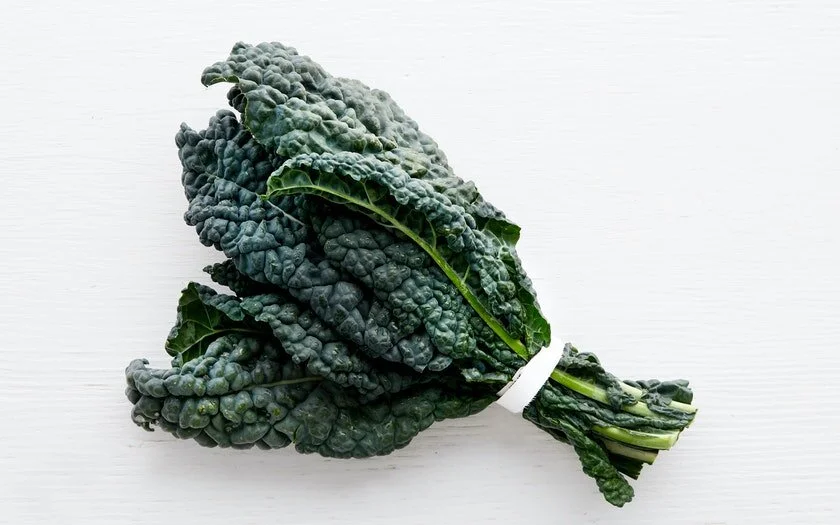Yoga Toolbox: How to Practice PRANAYAMA Breathing Techniques for Vitality and Longevity
WHY PRACTICE PRANAYAMA?
It goes without saying... breathing is a vital part of the body's energy-making processes. Breath is the force that animates us and gives us life. The breath also directly links us with the external environment around us. In every moment, with every breath we are engaged in a constant exchange with the environment, exchanging oxygen for carbon dioxide from the body's cells. RESPIRATION is the term for this exchange of oxygen from the environment for carbon dioxide from the body's cells. For the most part this exchange is automatic. We hardly stop to think about the fact that as we breathe, an interdependent relationship between our internal environment and external world occurs. When we decide to bring our conscious awareness to the breath, we are able to expand and direct its energy, called PRANA, or "life-force energy." Consciously directed life-force can be used to heal, strengthen, and free the body from tension. PRANAYAMA - or breath practices - help to bring a sense of awareness and mindfulness to our yoga practice and to our overall wellbeing. This practice of influencing our breathing pattern is the fourth limb of Patanjali's Ashtanga yoga system. It is the gateway between our physical practice of asana and our mental practice of meditation. Through breathing, we can influence the flow of vital energy or prana in the NADIS or energy channels of our energy body, known as PRANAMAYA KOSHA, the body that holds prana.
One of the foundational pranayama techniques in many yogic practices is the ujjayi pranayama. You can learn more about this technique here.
PRANAYAMA: THE BRIDGE BETWEEN THE BODY AND MIND
In yoga philosophy and physiology, the breath is the bridge between the mind and the body. It straddles the fine line between conscious and unconscious activity. It is one of the automatic, unconscious activities carried out by the body that we are able to access and influence through conscious awareness. This however, requires an understanding of how the breath works and how to tap into the subtle aspects of mind-body connection to access the breath and transform our relationship to ourselves and the world around us.
PATAÑJALI'S ASHTANGA YOGA // THE EIGHT LIMBS OF YOGA
- Yama (sanskrit: yama)
- Niyama (sanskrit: niyama)
- Asana (sanskrit: āsana)
- Pranayama (sanskrit: prāṇāyāma)
- Pratyahara (sanskrit: pratyāhāra)
- Dharana (sanskrit: dhāraṇa)
- Dhyana (sanskrit: dhyāna)
- Samadhi (sanskrit: samādhi)
YOGA AND THE BREATH
Pranayama is the 4th limb of Patanjali's Ashtanga Yoga, following asana. Pranayama prepares an aspirant to become aware of the subtle sensations of the body, especially when engaging with physical yoga postures thus moving away from fixation on the gross body and toward the development of sensitivity to the subtle body and its energetic systems. Asana practices are done to help bring stillness and ease to otherwise agitated bodies. When we practice the postures, our aim is to find a stable sense of ease (sthiram-sukham). A still, and easy posture should be maintained when working with inward focused practices such as the practice of pranayama. Many yogic texts say that stillness and body control is a pre-requisite of meditation. Once the body is stilled, the mind can then become still. The mind is imagined as a body of water with the breath imagined as the winds of our internal atmosphere. Our breath can be seen as a reflection of our internal state. The more agitated the breath, the more the thoughts in the mind ripple or build like waves on the surface of our consciousness. Using this analogy, it is easy to imagine inner turmoil as relentlessly turbulent, crashing waves.
THE BREATH FEEDS THE BRAIN
The breath is a direct tool we can access to change our mood and relieve stress. If we are brave enough to observe ourselves when we are angry or fearful, we notice that the breath changes. When we are in a panic state, the breath speeds up as the heart rate rises, or we may notice it become shallow. Some of us may even hold our breath in these situations. These are all innate responses to such emotional experiences. However, once we are able to pay attention to the change in breath, we can take conscious control and influence our breathing pattern, rhythm and depth.
When we can regulate the breath through practice and awareness, we can influence our physiology, regulate our emotions, and influence our thought patterning. Making a conscious effort to slow the breath down, inhaling deeply through the nose and exhaling completely is an amazing tool to activate the rest and relaxation response, bringing the nervous system out of the heightened arousal state.
The breath may seem so simple, but it is so profound. It is intimately linked to and has a direct influence on the body, mind, and emotions. Breathing techniques like Bhramari Pranayama have also been shown be incredibly effective self-regulation techniques for anyone suffering from anxiety and PTSD. It is no wonder techniques to control and direct the breath have been practiced for centuries, especially techniques to prepare yoga practitioners for the journey inward toward concentration, contemplation, and meditation.
The practice of pranayama is simple. At any moment throughout your day check in with your breath. If you are feeling tense, stressed, or overwhelmed, try to breathe more deeply and fully. Instantly, you will notice a sense of calm come into the mind and body.
- self care rituals -
explore & enhance
Resources:
- Take a deep breath... inhaling through nose stimulates brain and boosts memory- The Telegraph UK
- NASAL PHYSIOLOGY, Jeremiah A. Alt, MD, PhD and Noam Cohen, MD, PhD
- Comparison of maximal oxygen consumption with oral and nasal breathing.
- The breath of life and CSF: The Fluid that Feeds the Nervous System
- Rhythm of breathing affects memory, fear. Breathing is not just for oxygen; it's also linked to brain function, behavior
- Just Breathe: Body Has A Built-In Stress Relieve
32517
































